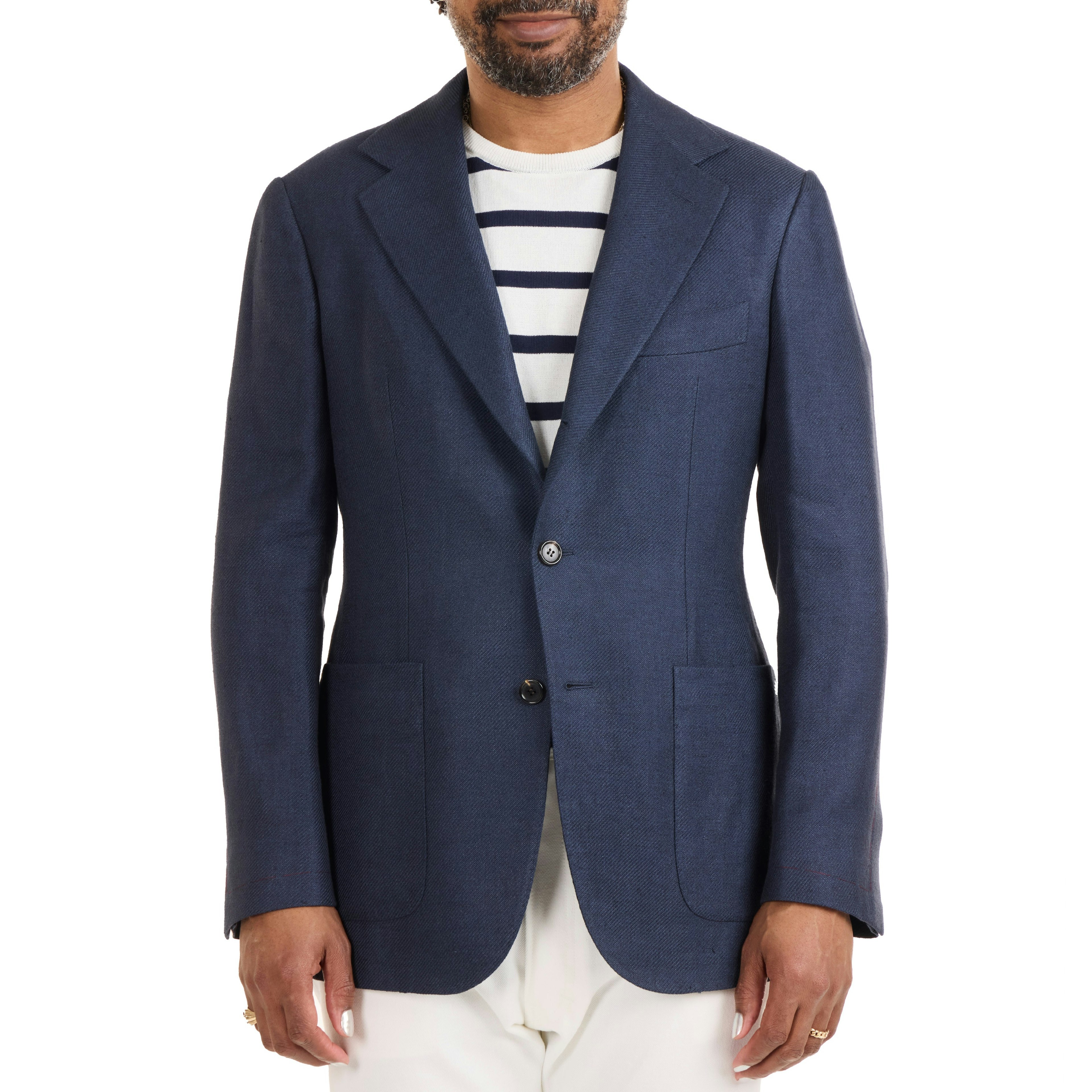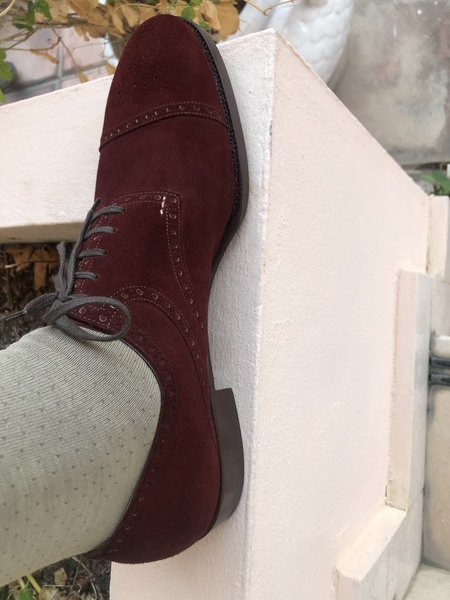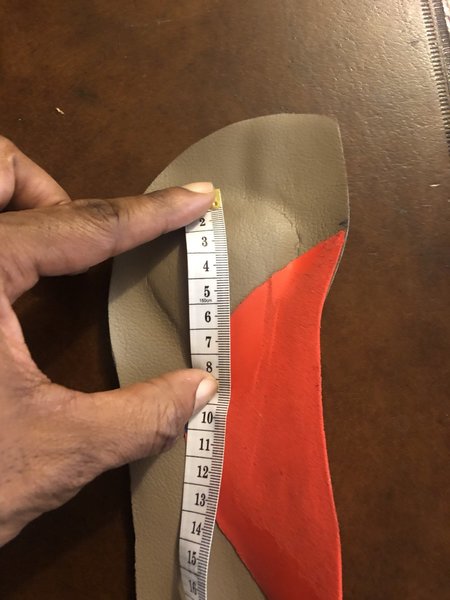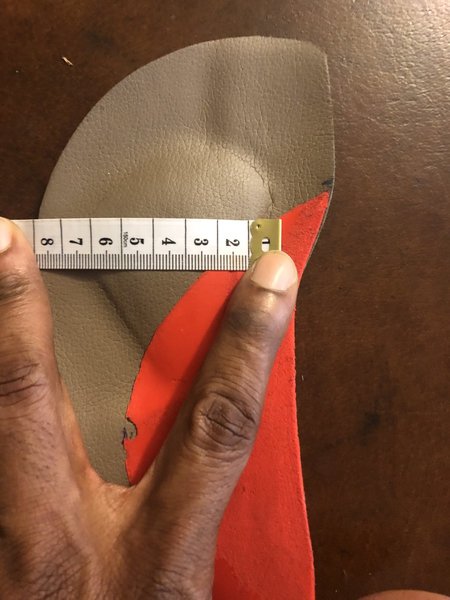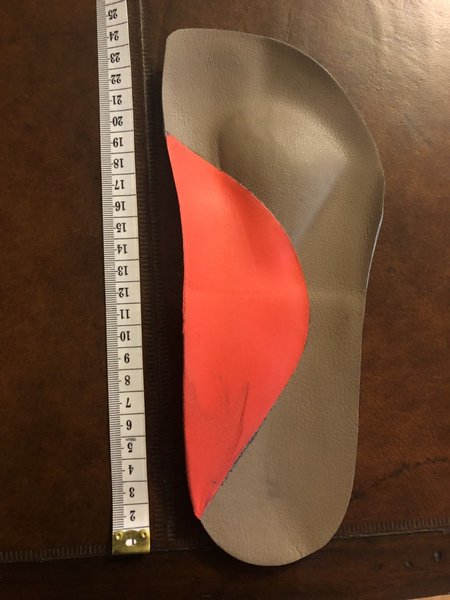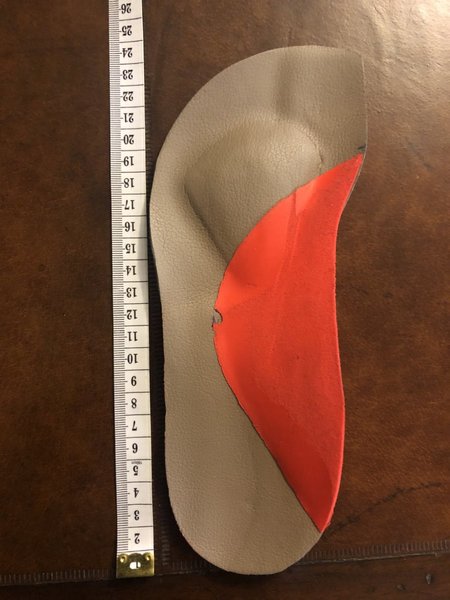- Joined
- Jan 8, 2008
- Messages
- 10,132
- Reaction score
- 5,714
So...as I surmised, some chronic and 'pathological' pronation is still occurring.@DWFII
Naturally, my heel wear out on the inside since I'm pronating inward. Indeed,
They aren't 100% perfect but this is as good as I can ask for. Believe me I've tried everything and short of going for full-on medical clod-hoppers which will be so large they wont work as dress shoes, this to me is a fair compromise
Alan
Thing is...and here I'm speculating (again not a doctor) ...a medial wedge might eliminate both the wear on the heel and the distortion of the quarters. [If your foot is 'walking over' the medial quarters and you are wearing your heel on the medial side, the issue is still extant--it's pathological. If the arch supports were working, both of those problems would disappear. IMPO & IME.]
I don't envy you. Even with my flat feet and marginal pronation, I don't have any significant problems. I do have a Morton's neuroma from an old injury when I was jumping out of airplanes, and can testify that foot problems suck. They can rob you of a good measure of your energy and vitality.


